The Hue Monuments Conservation Center has announced the completion of the archaeological process at the Dai Cung Mon structure, located in the Hue Imperial City area.
Previously, the Ministry of Culture, Sports and Tourism allowed the Hue Monuments Conservation Center to coordinate with the National Museum of History to conduct archaeological excavations at this relic, in order to collect more data to serve the restoration of works of special cultural and historical value.
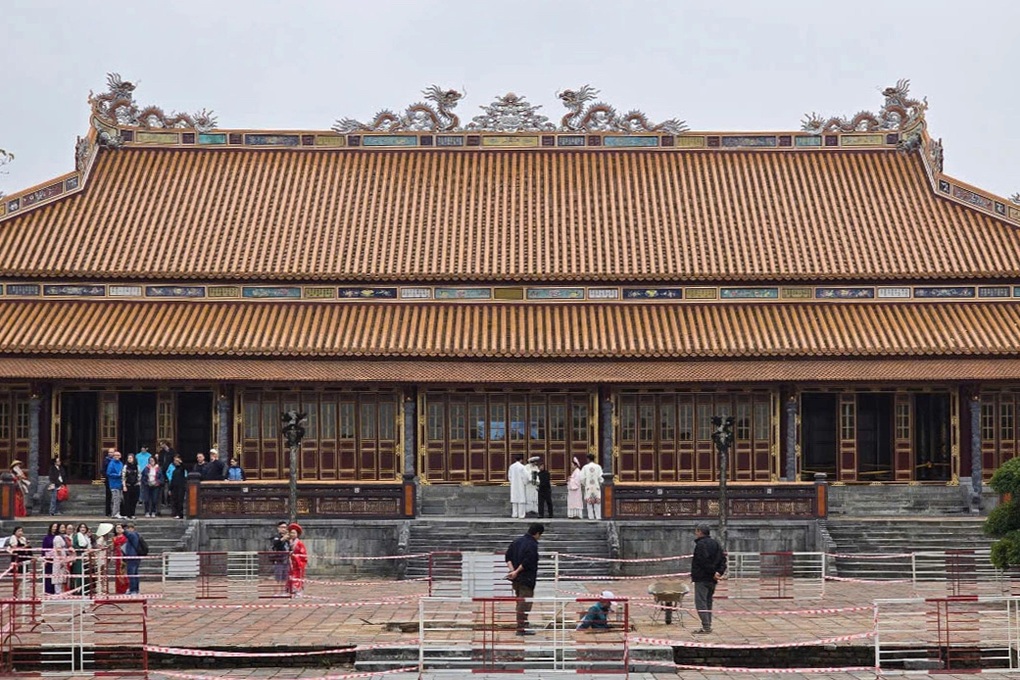
Experts dig an archaeological hole at the Dai Cung Mon structure inside the Hue Forbidden City area (Photo: Lien Minh).
The archaeological excavation area is 60 square meters wide, including 3 pits, each pit is 20 square meters wide, located right behind Thai Hoa Palace. The collected artifacts will be preserved at the Hue Royal Antiquities Museum to avoid damage and loss.
According to the leader of the Hue Monuments Conservation Center, the archaeological process at the site has been completed and experts are preparing a report of the results to submit to the appraisal council.
As Dan Tri reported, at the 20th thematic session on November 15, 2024, the People's Council of Thua Thien Hue province approved the investment policy for the Dai Cung Mon relic restoration project.
This project aims to preserve, restore and promote the value of special national historical and cultural relics and world cultural heritage, with a total investment of more than 64 billion VND, to be implemented in 4 years.
The project items include the renovation and restoration of the building foundation, the restoration of the main part of the Great Palace Gate, and the renovation of surrounding areas such as the front yard, back yard, railing system and screen. The project will also renovate the lighting system, drainage system and install a fire protection system and camera system.

Hue Imperial City seen from above (Photo: Vi Thao).
According to the Hue City People's Committee, Dai Cung Mon was built in 1833 under the reign of King Minh Mang, a sophisticated wooden structure with royal glazed tiles. This is the main gate of the Forbidden City, holding many cultural, historical and artistic values.
This building, along with Can Chanh Palace and several other palaces in the Forbidden City, was destroyed during the war, leaving only the foundations.
Source: https://dantri.com.vn/du-lich/hoan-thanh-khao-co-cong-trinh-dai-cung-mon-trong-tu-cam-thanh-hue-20250411083752796.htm


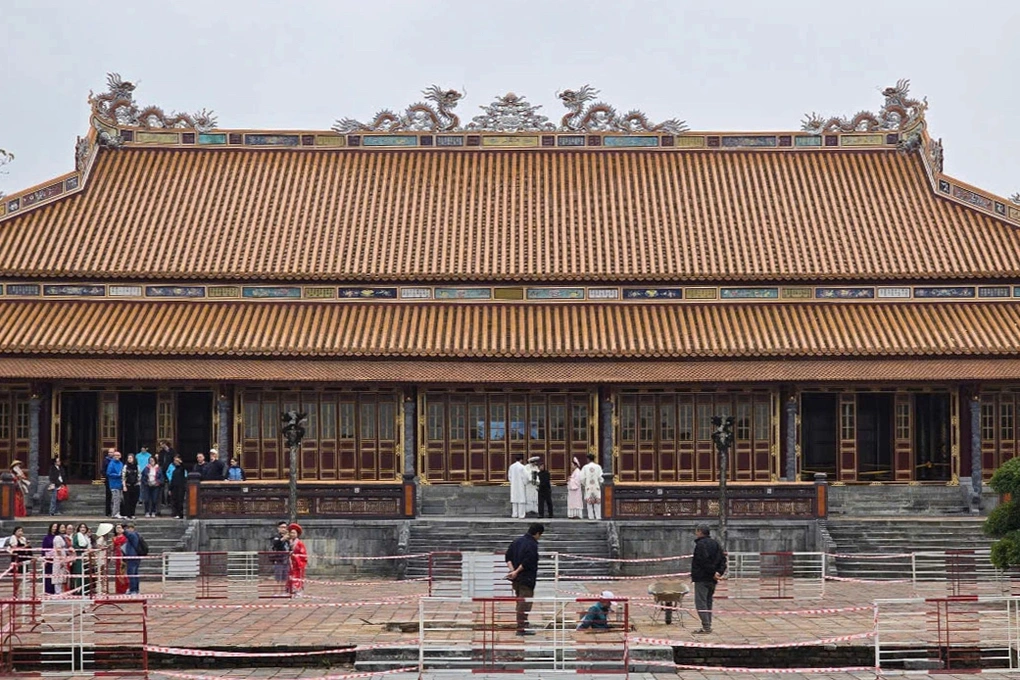
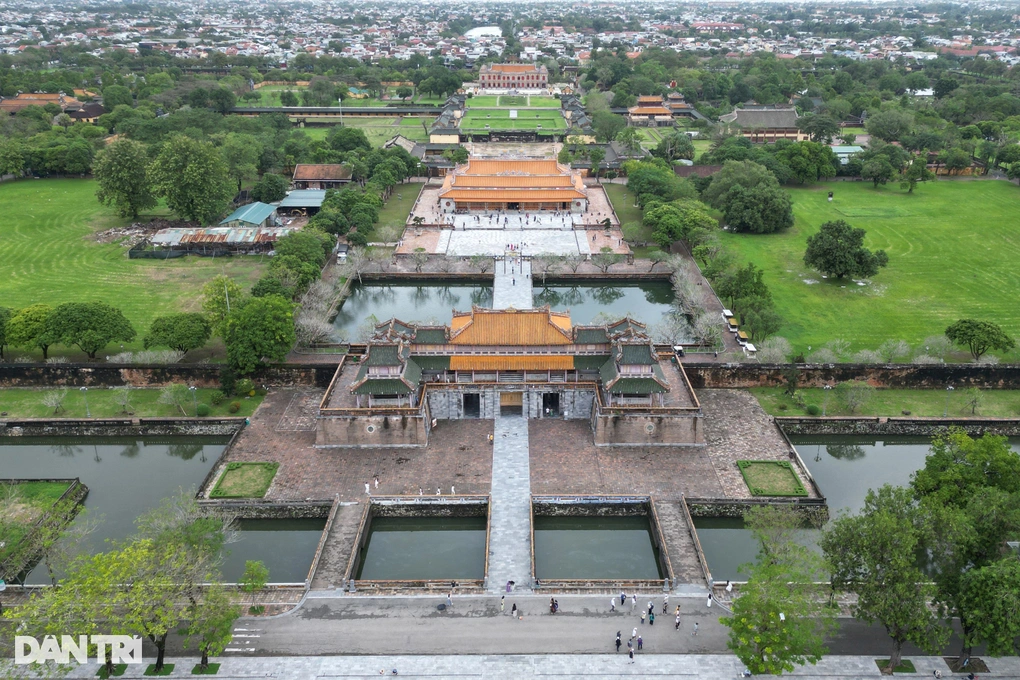

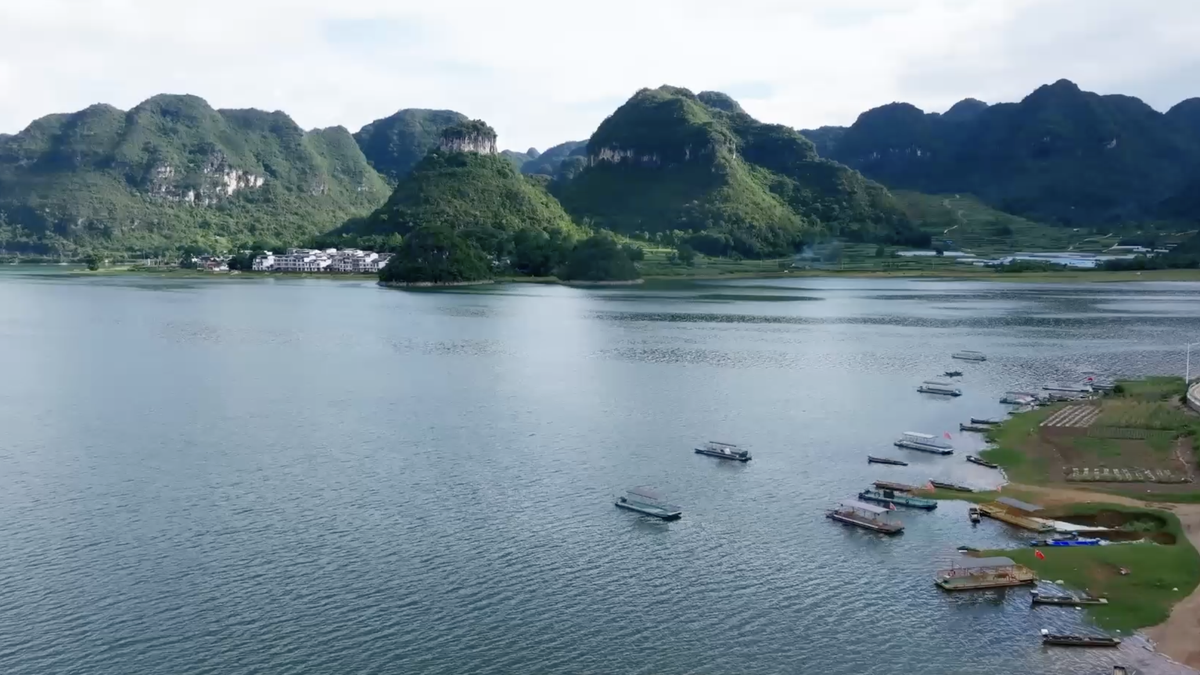
![[Photo] General Secretary To Lam and National Assembly Chairman Tran Thanh Man attend the 80th Anniversary of the Traditional Day of the Vietnamese Inspection Sector](https://vphoto.vietnam.vn/thumb/1200x675/vietnam/resource/IMAGE/2025/11/17/1763356362984_a2-bnd-7940-3561-jpg.webp)
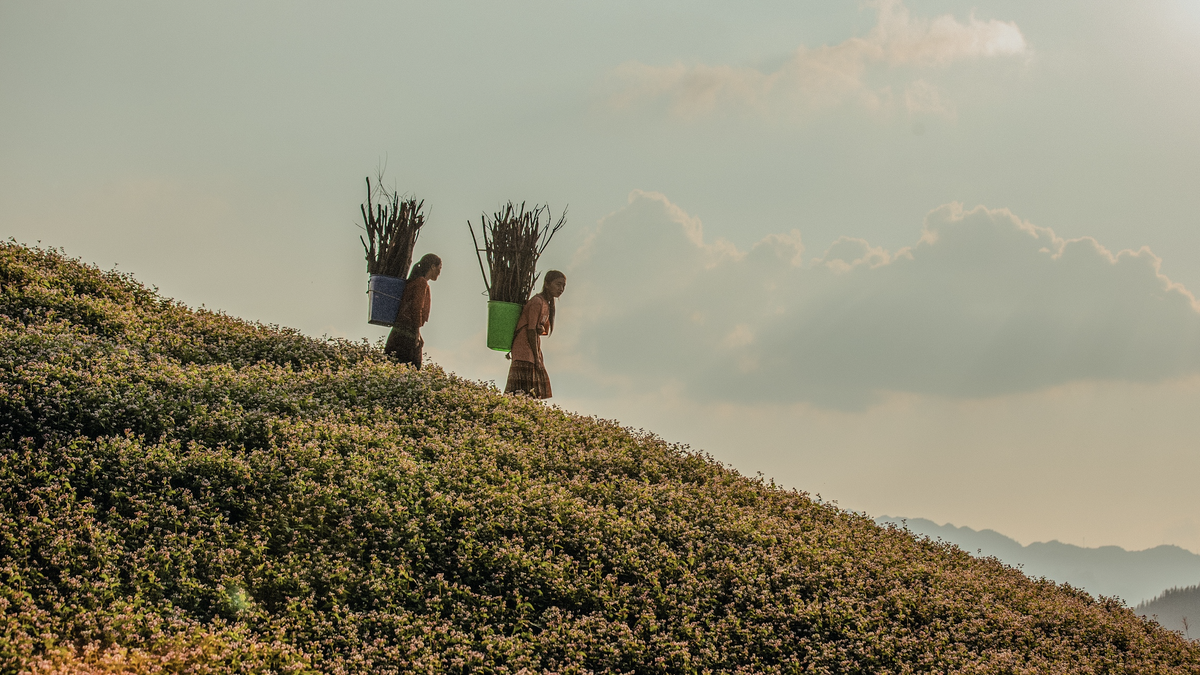
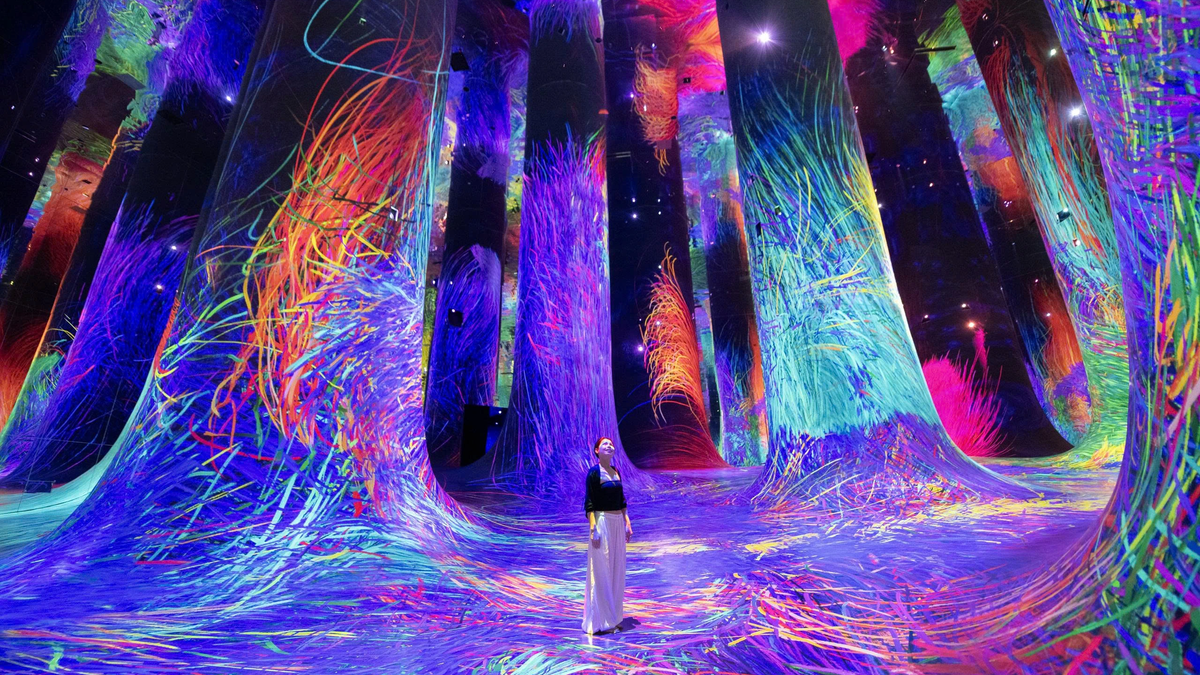



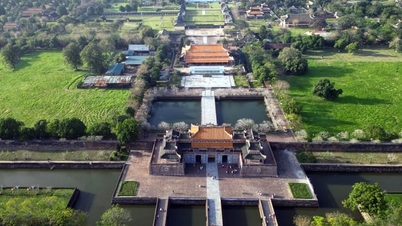



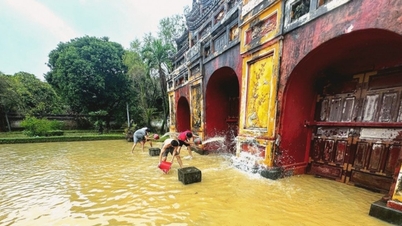

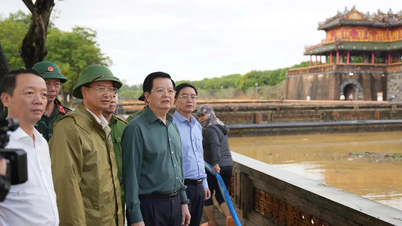

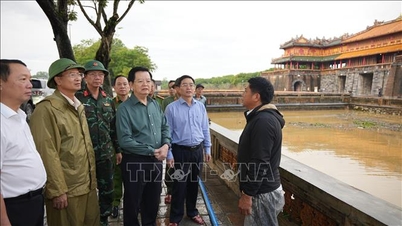

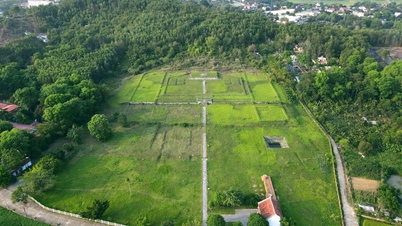





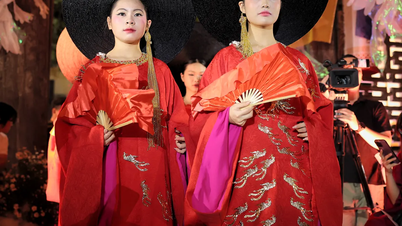

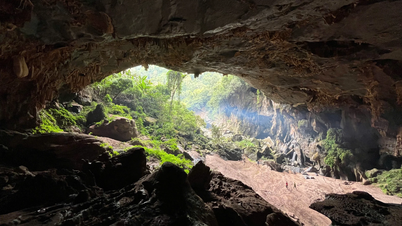

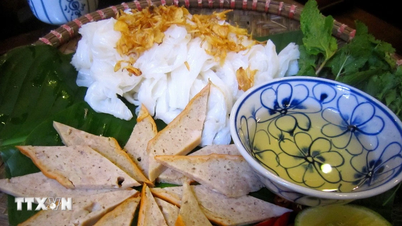





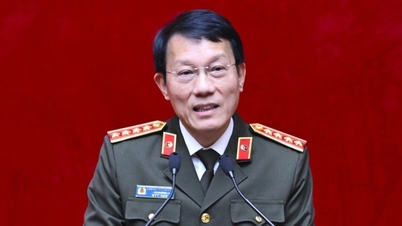


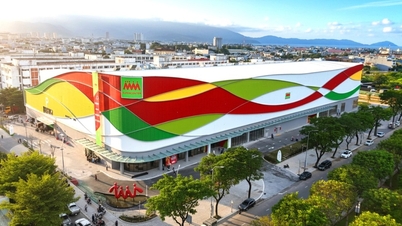
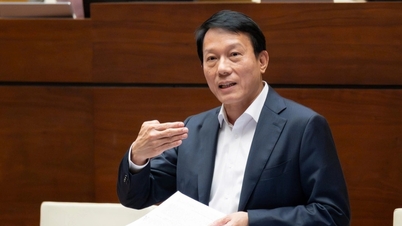

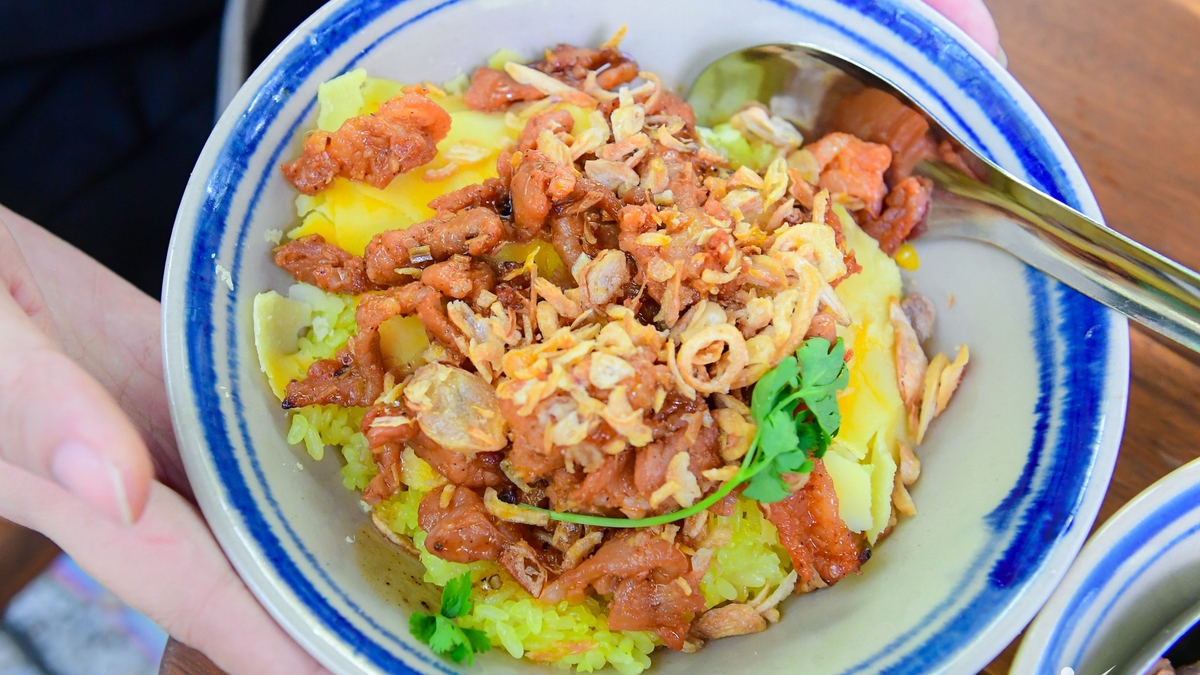
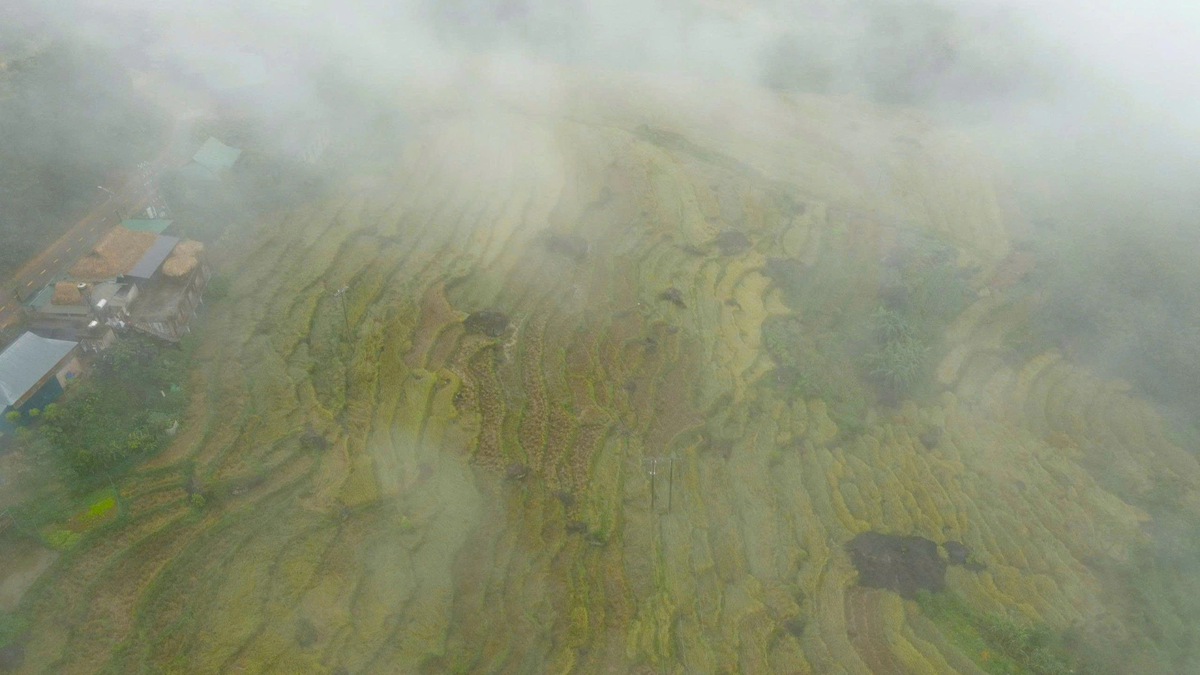
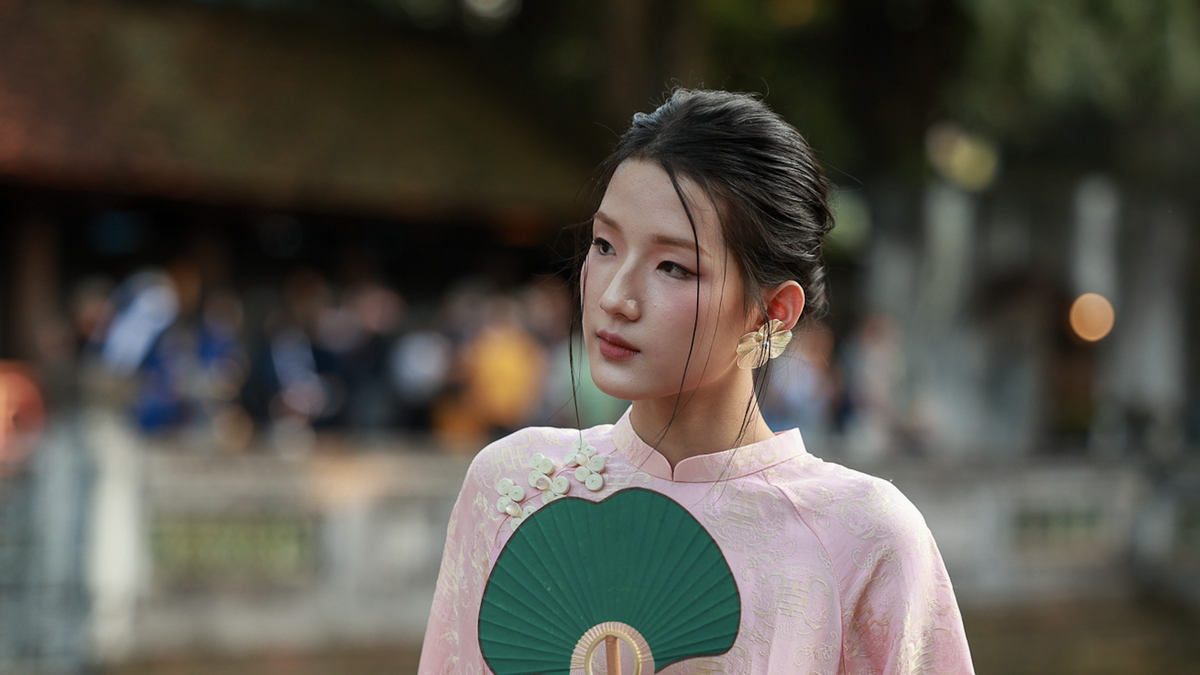
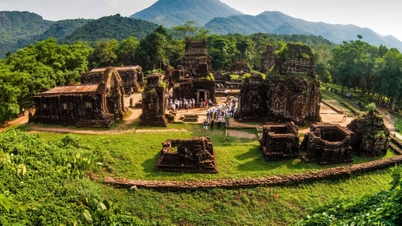


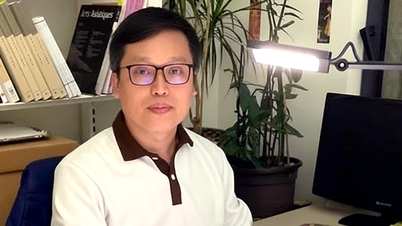


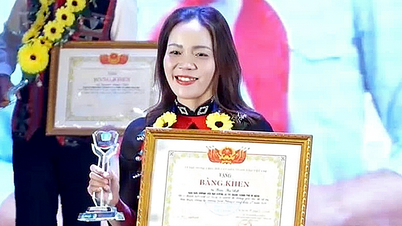





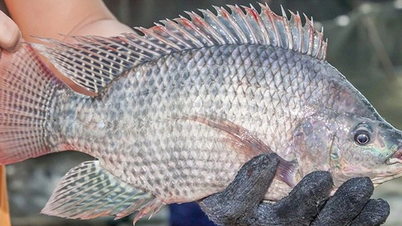





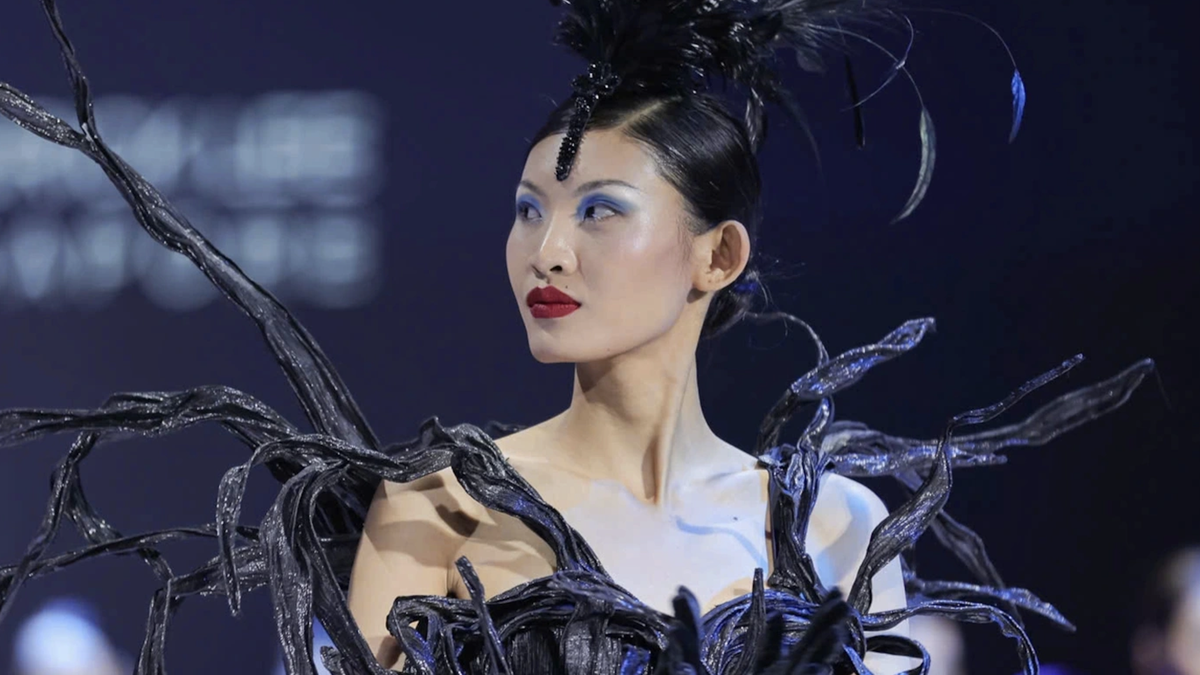


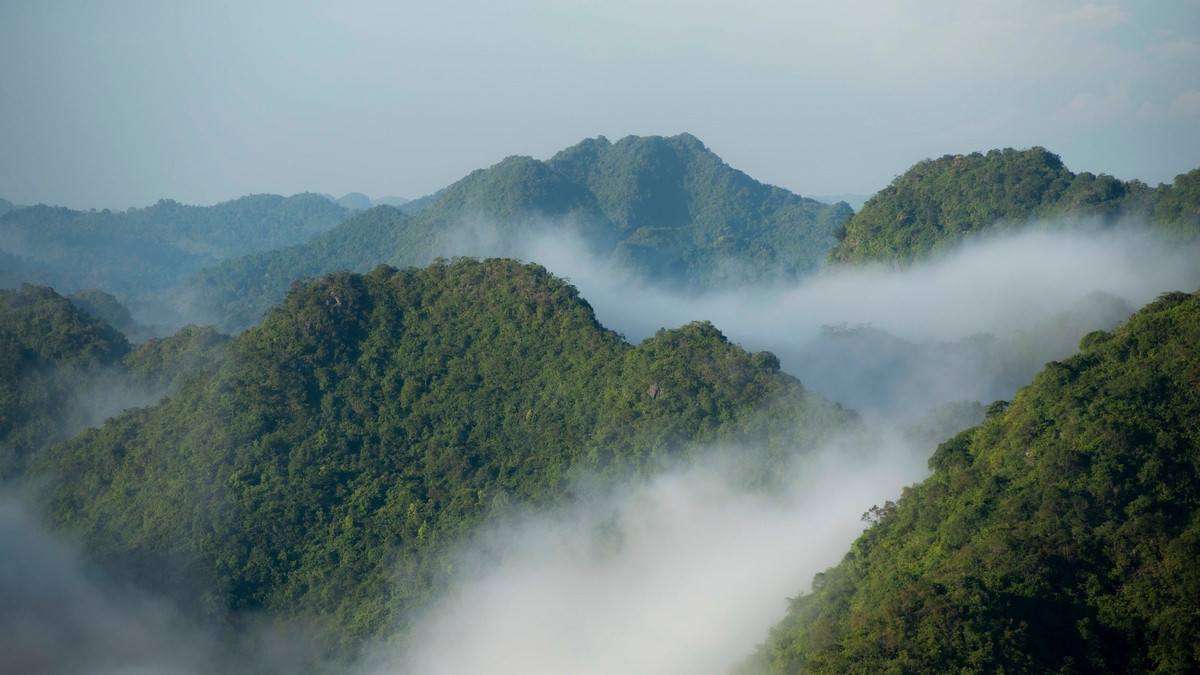








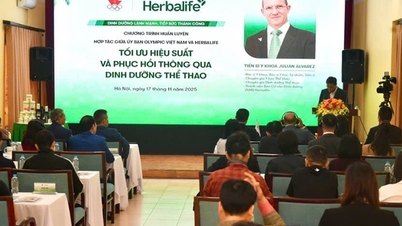

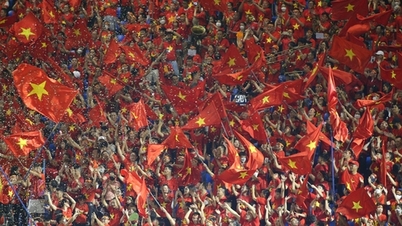






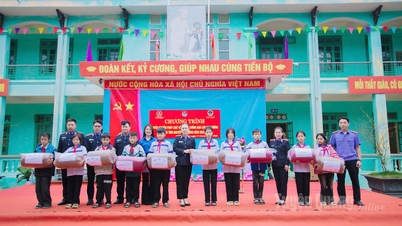




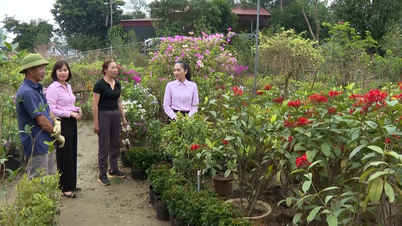

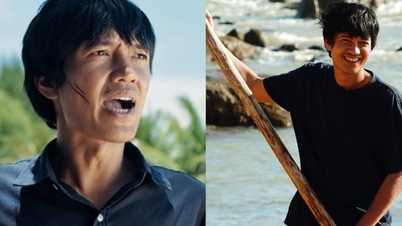


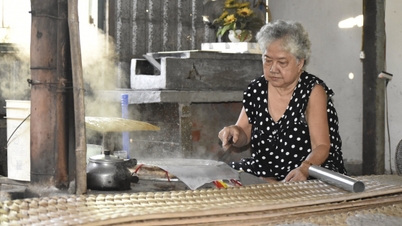

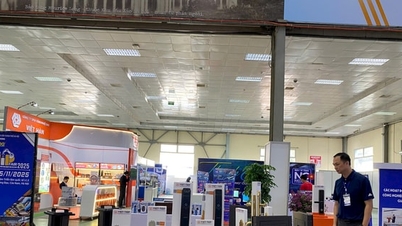


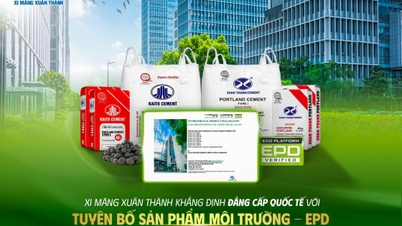




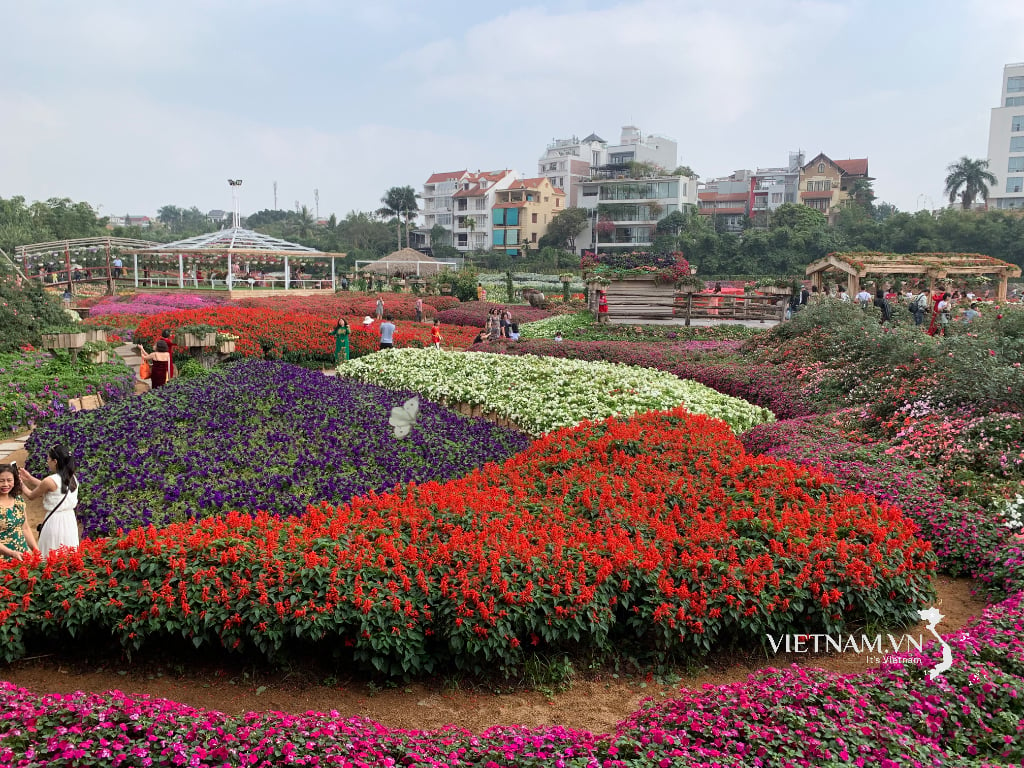

Comment (0)